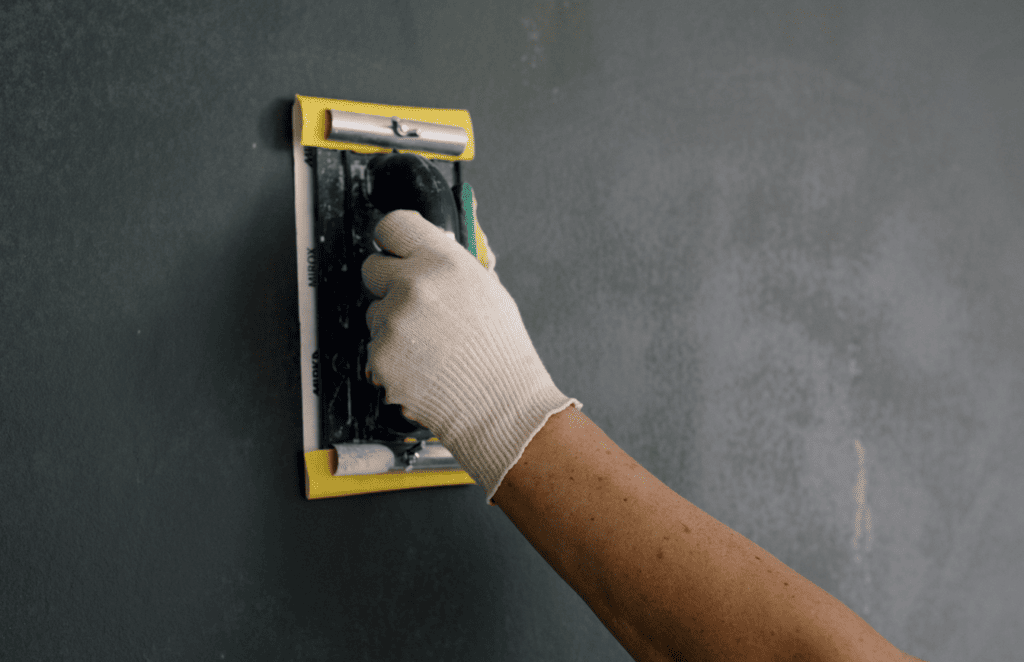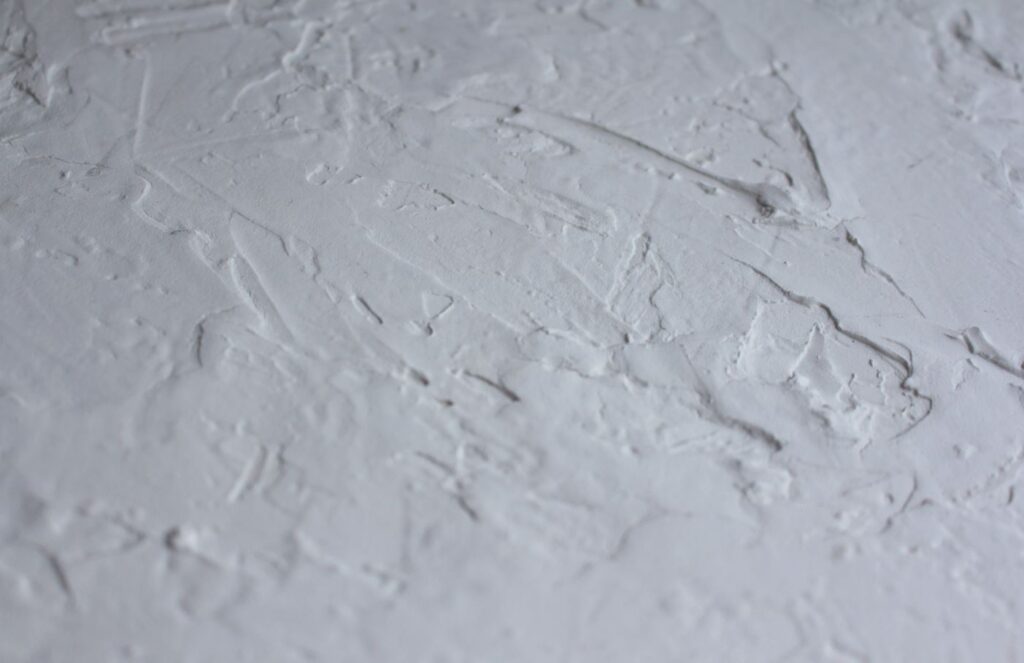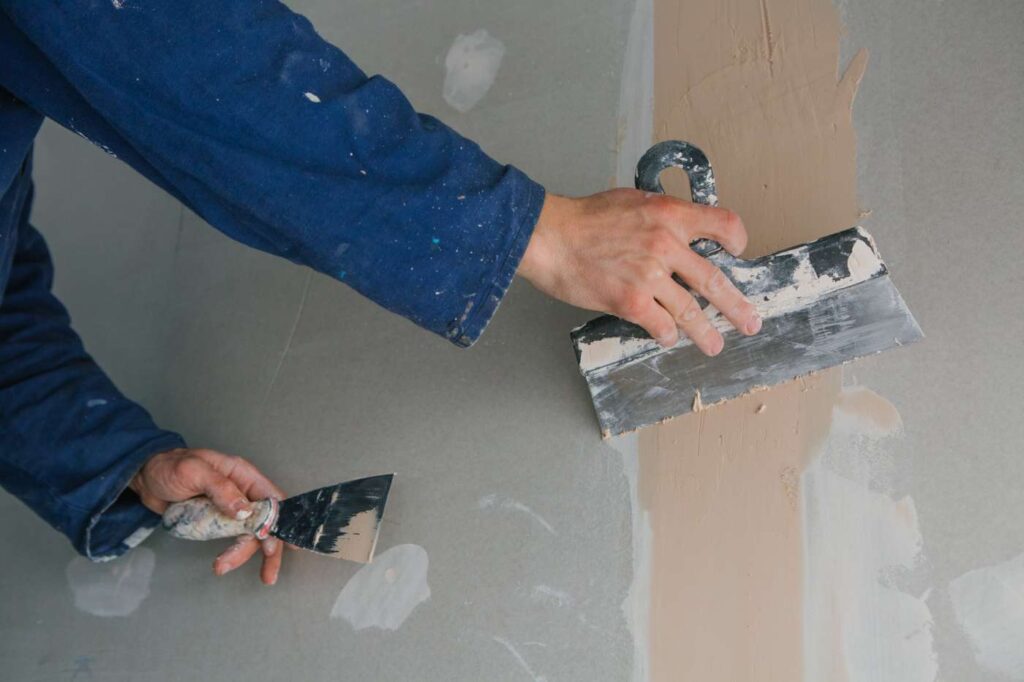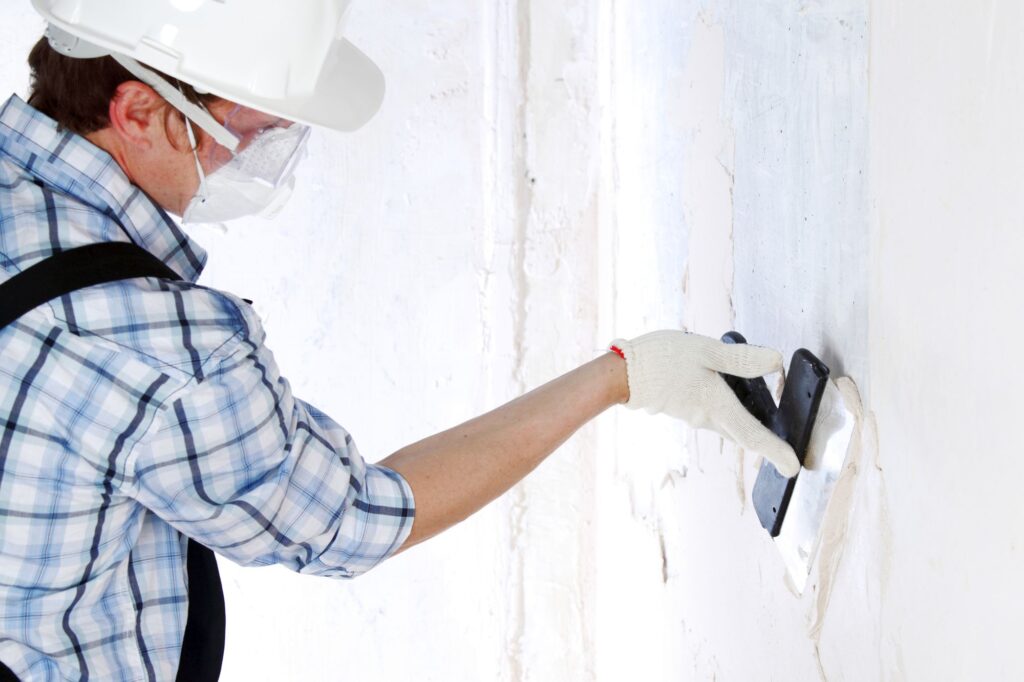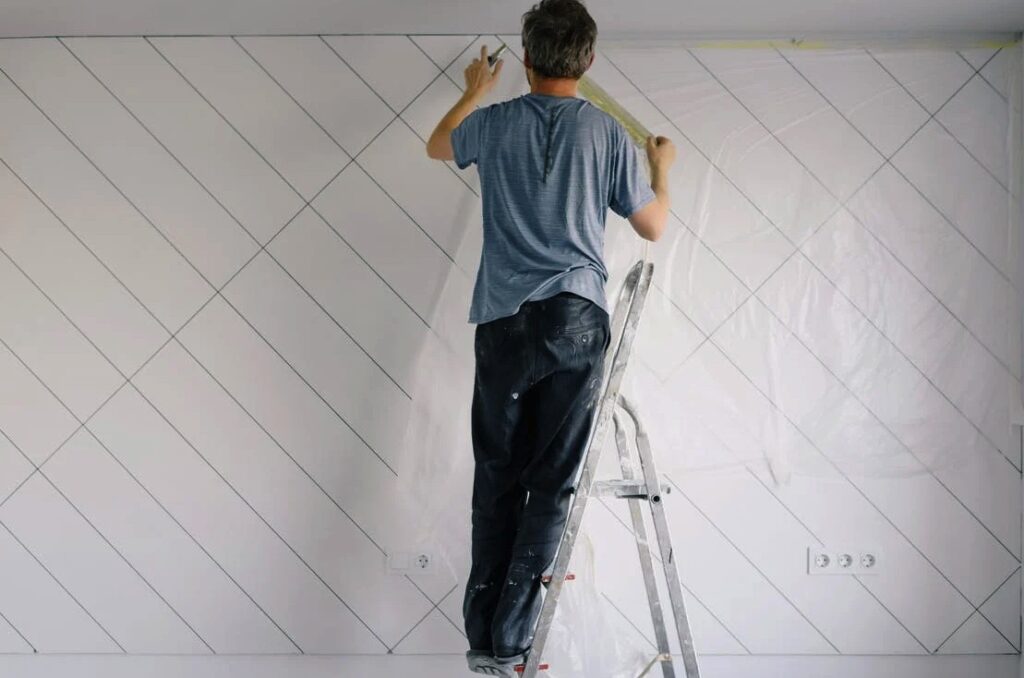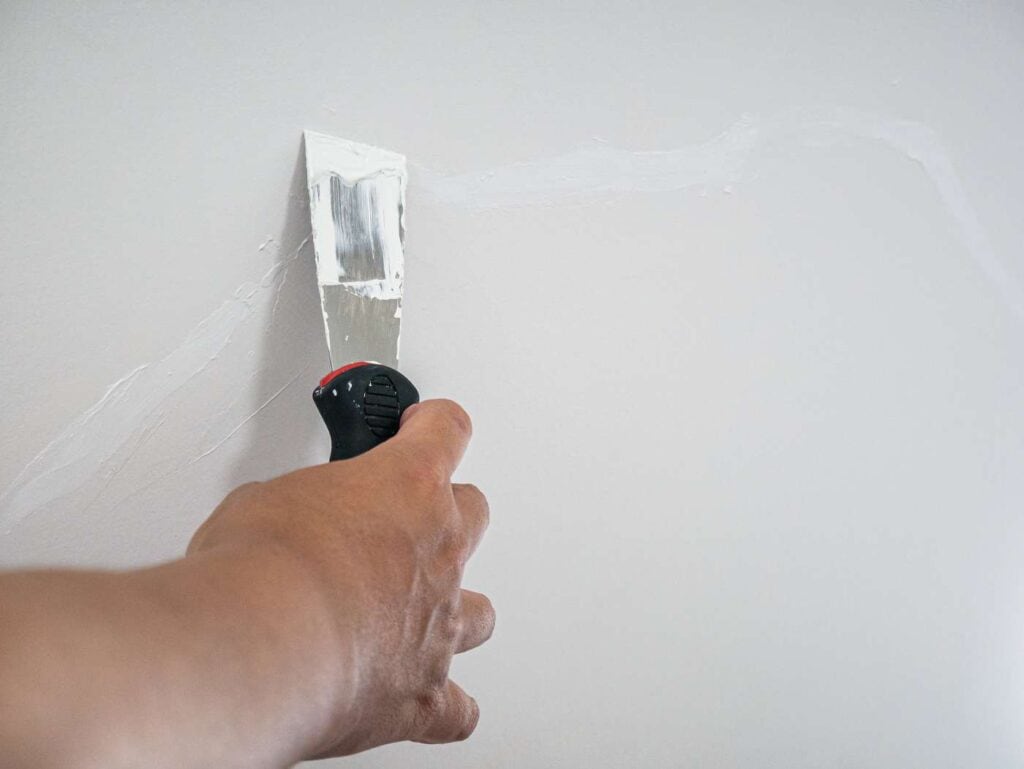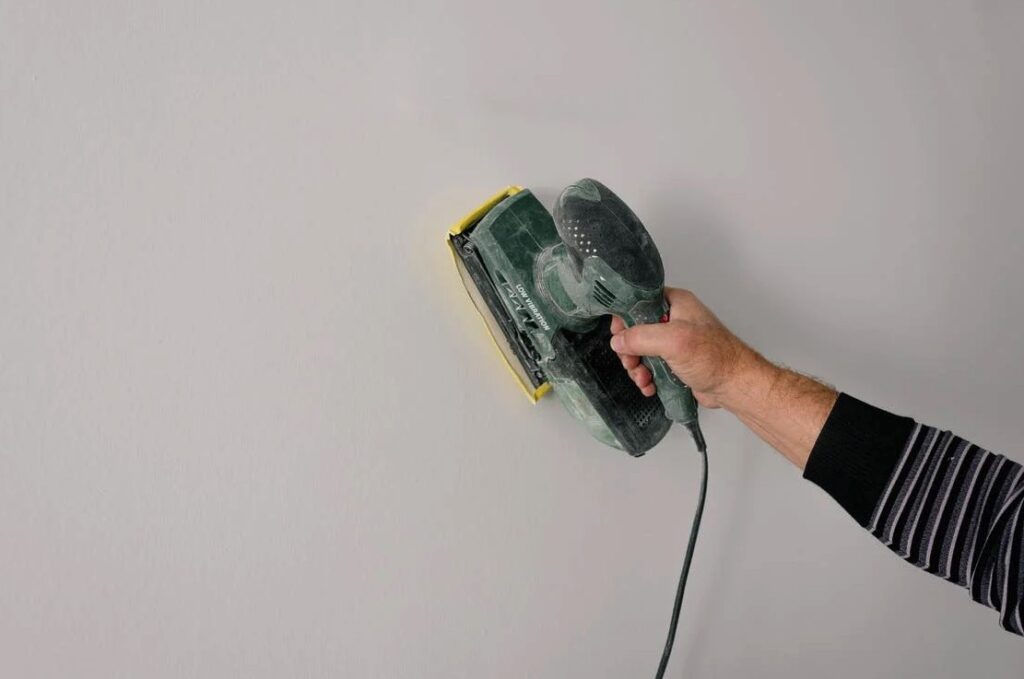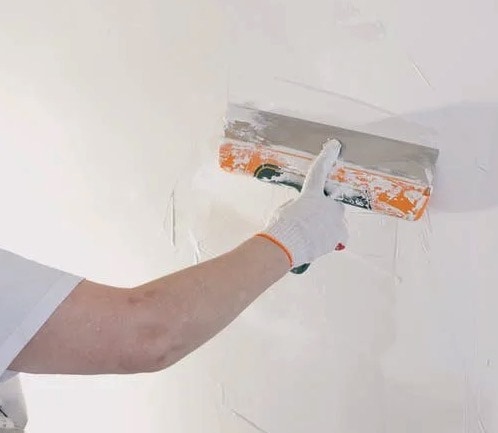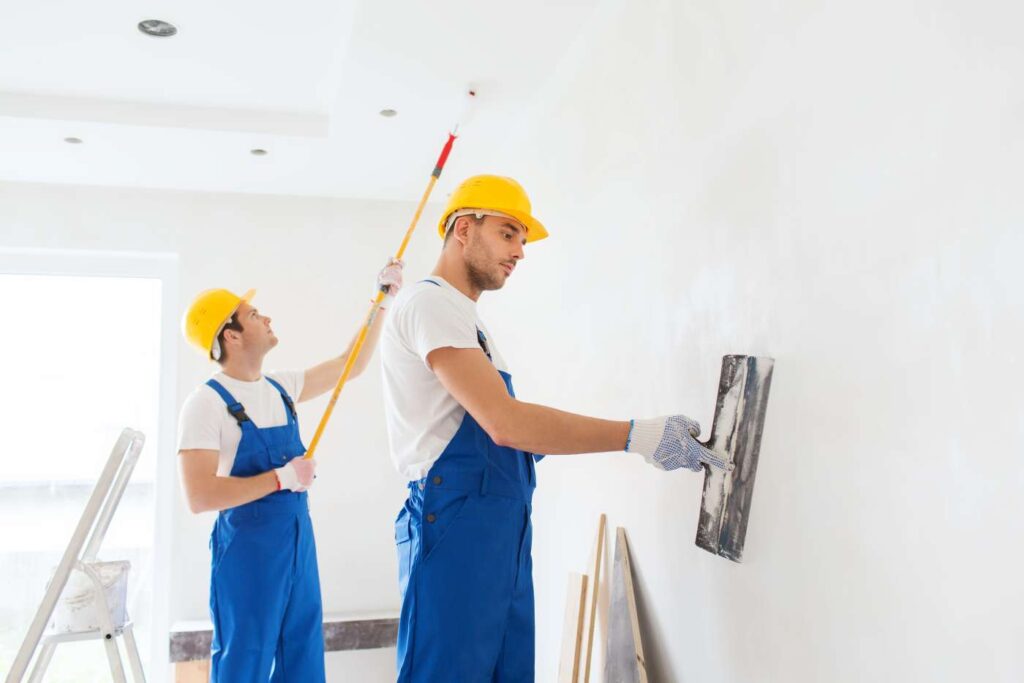Have you ever tried to focus on your shopping list when the store's ear-piercing cacophony of voices and feet made it impossible? Some can relate. Retail locations might need help to keep the noise level down. It begs the question: how exactly can plastering revolutionise how retail environments sound?
In a nutshell, the solution is the profound effect of specialist plastering methods. Using acoustic plaster helps to reduce repercussions, making the store more peaceful and improving the shopping experience for everyone. Picture a shopping sanctuary where one can hear every word spoken and where the din of shoppers' carts recedes into the distance so that they can concentrate on finding the perfect items for their needs.
This isn't rhetoric; prominent acoustics researchers who have studied the effect of building materials on auditory environments have testified to plastering's miraculous transformational powers. According to recent interviews with industry experts, a shop environment can be transformed into an aural paradise with the help of clever plastering applications. Curious? Oh my! In this blog post, we'll explore the ins and outs of plastering's impact on retail acoustics and soundproofing to make spaces where customers may enjoy a harmonious shopping experience alongside the things they purchase.
An Analysis Of How Sound Influences Store Ambience
When designing a store's ambience and customer experience, acoustics are paramount. A room's "acoustics" include its noise level, reverberation, and the audibility of human speech, among other things. Shoppers and workers alike are susceptible to the pervasive effects of acoustics.
Improving the Customer Experience
Its auditory environment strongly influences customers' impressions of a store. No one likes to shop when there's too much noise, bad sound quality, or annoying echoes. Conversely, a well-planned acoustic setting can elevate the mood, drawing in customers and keeping them interested.
Intelligibility of Speech
In a retail environment where staff and customers engage frequently, it is crucial to communicate clearly. Inadequate acoustics can make it hard to hear people clearly, which can impact customer service and cause confusion or unhappy customers.
The Viewers' Opinion of the Product
The acoustics of a product can affect how buyers evaluate it. Music and product demonstrations, which include auditory cues, are more likely to be enjoyed in an acoustically pleasing environment, elevating the shopping experience as a whole.
Some Typical Acoustic Issues Encountered By Retail Spaces
- Noisy Environment: Customers and workers may find the ambient noise level too high due to factors like HVAC systems, footfall, or neighbouring traffic.
- Repeated Sound: When sound travels across a room at high reverberation levels, it becomes increasingly difficult to hear and comprehend human speech. This becomes an even bigger issue in places with solid surfaces that reflect noise.
- Noise Transmission Issues: Spaces for retail establishments are frequently situated in shopping malls or share walls with other companies. If the soundproofing isn't good, noise from other rooms can seep in and ruin your shopping experience.
- Discordant Audio Output: Customers may have an uneven experience if the store's sound quality is inconsistent. Areas with subpar audio, for instance, can put people off from hanging out or buying anything.
Tips For Making Your Next Fitout More Soundproof
Are you interested in enhancing the sound insulation capabilities of your upcoming facility to improve the acoustics? This blog post examines four significant factors to contemplate to mitigate sound and enhance the acoustic rating of your upcoming undertaking or fitout.
Select A Plasterboard With Noise Reduction
- Although solid plaster is not the only choice for soundproofing, it can be a useful barrier against noise.
- Gyprock makes perforated plasterboard to increase acoustics.
Nevertheless, alternative installation techniques, such as stacking plasterboard, can improve its soundproofing properties and raise your acoustic rating. Contact your plasterboard supplier to get more details on how to do this.
Add Insulation
One way to reduce vibrations and noises caused by structures is to insulate the space inside the wall cavity. Soundproofing batts, a type of acoustic insulation, are thicker than thermal insulation and can reduce sound transmission between floors and rooms.
Adding insulation during construction not only improves the final product but also doesn't detract from the aesthetics of your area because it's out of sight.
Think Carefully About Flooring.
A well-chosen floor can also lessen noise from the air and the structure.
For instance, in high-traffic areas or multi-story buildings, carpet and carpet tiles can make some of the worst sounds nearly inaudible, such as moving furniture, high-heeled people walking over the floor, and heavy things falling to the floor. You should also think about the following flooring options if you want to make a room more peaceful and less noisy:
- Sprung floating floors
- Underfloor acoustic insulation
- Acoustic-grade timber floor underlay
If there are other options than ripping up the floorboards and installing new ones, try strategically placing rugs in the most often-used rooms.
Seal Your Doors Using Acoustic Material
Even the slightest openings can let in ambient noise, but installing perimeter seals on doors greatly improves soundproofing.
FAQs About Plastering
Plastering plays a crucial role in improving retail acoustics by providing a smooth and even surface. This helps in minimizing sound reflections and echoes, creating a more controlled and pleasant acoustic environment within the retail space. The application of plaster absorbs sound, reducing noise levels and creating a more comfortable shopping experience for customers.
Yes, plastering contributes significantly to soundproofing retail spaces. Plaster acts as a barrier that absorbs and dampens sound, preventing it from travelling between different areas of the store. This helps in creating a quieter and more private shopping atmosphere, enhancing the overall customer experience.
Gypsum-based plasters are commonly used for improving retail acoustics. These plasters have excellent sound absorption properties, making them effective in reducing noise levels within a space. Additionally, lime plasters can also be suitable, as they provide a smooth finish and contribute to sound control.
Absolutely, plastering not only improves acoustics but also enhances the visual appeal of a retail space. The smooth and flawless finish achieved through plaster application creates a sophisticated and polished look. With various textures and finishes available, plastering allows for customization, adding to the overall aesthetics of the retail environment.
Plastering is considered a cost-effective solution for improving retail acoustics. The benefits it offers in terms of sound absorption and soundproofing contribute to a better shopping experience for customers. Additionally, the long-lasting and durable nature of plaster makes it a sustainable investment for retailers looking to enhance both acoustics and aesthetics in their stores.
The Advantages Of Plastering Retail Spaces
Brands considering various materials for a commercial area or workplace may notice standard choices like cement or drywall. Nevertheless, plaster is a time-tested and dependable option that is sometimes disregarded.
Plaster is still utilised for several purposes, including installation, design, and moulding. It's regarded as an excellent resource for experts to utilise. After all, it's simple to cut or paint the plaster if you need to move the walls or decide you don't like the colour of a certain area. Additionally, it is simple to fill in minor flaws and gaps.
Plaster offers several advantages to companies as well. As an example, plaster has the potential to be both long-lasting and inexpensive. Read on to learn more about the benefits of plaster.
Longevity
Plaster is often quite durable. Scratches can be easily fixed in a matter of minutes. The use of plaster in the construction of many historic buildings has resulted in their continued beauty. Additionally, most plasters are waterproof, so damage or cracks won't be an issue. Also, make sure to ask about it ahead of time.
Usability
Plaster can be texturized to complement other materials in your commercial space, giving it a more personalised look and feel. You can make a stunning design for your company using plaster because of its wonderful texture. On the other hand, a plain, smooth finish is all you need for that timeless, traditional style.
Acoustics
When creating an environment that help employees to be productive, noise levels can be a major issue for certain companies. But plaster walls can cut down on some of the repercussions. It can absorb noises and reduce their impact. It can also make a crowded sound system more bearable, allowing everyone to hear well.
Artistry
Plaster is quite versatile, as previously indicated. You can choose from various designs to make something specific to your brand and style. Additionally, it enables you and your group to experiment with novel and intriguing ideas that would not be viable or conceivable with other materials like tile, wood, and other alternatives.
Cleanliness
Plaster is simple to clean; depending on the variety of plaster, any grime can be removed with a damp cloth. This can be an enormous benefit for food establishments and restaurants alike that wish to maintain immaculate surfaces. Additionally, it is ideal for establishments seeking to foster a cosy ambience for their clientele.
Speed Of Installation
Compared to alternative materials, plaster typically facilitates a significantly accelerated installation procedure. Plaster can be rapidly applied, allowing labourers to progress with their tasks. Additionally, plasterboards may be considerably simpler to implement, an enormous benefit for organisations operating under time constraints.
Important Considerations For Your Company's Fit-Out
Businesses rely on their fit-out to attract clients. A well-designed fit-out, such as a lively restaurant or cosy café, may make a big difference.
If you are a business tenant leasing space, you should put in the time and energy to design your fit-out in advance to avoid issues down the road. In some ways, other companies have invested heavily in renovations before realising their lease needs longer to allow them to recoup the fit-out expenses. If you are going to lease commercial space, here are three things to keep in mind during the fit-out process.
Get Familiar With Your Fit-Out Details
Before finishing fit-out plans for your facility, you must determine what is needed to comply with industry standards and health and safety laws. The following elements may be important to take into account:
- Lighting
- Water supply and waste
- Air-conditioning
- Painted or plastered walls
- Security, smoke detectors and fire control systems
- Floor and window coverings
- Shelving and displays
- Phone and internet connections
- Power points, electrical fittings and sub-meters
Ensure that every planned fit-out element is compatible with the leased space, leaving sufficient room for inventory, staff areas, storage, and customers, should they visit.
Make All Expenses and Duties Clearly Defined
If your owner says they will help with the fit out of your business, you should know exactly how they will do it and if any conditions must be met. You also need to know what permissions you'll need (for example, if your building is on a list of historic sites) and who will own each part of the fit-out.
Get Ready for Your Lease's Final Month
It is important to have a written agreement that clearly states what will happen to your fit-out items when your lease ends, regardless of whether you intend to stay for an extended period. Shelving units are one example of a fit-out component that may be movable after your lease. The following renter will inherit other fixtures, such as electrical outlets and smoke detectors, from the previous one.
Implementing Acoustic Plastering Challenges
- Material Selection: Selecting a plaster with effective soundproofing.
- Thickness and Density: Keeping structural integrity while achieving optimal acoustic performance.
- Installation Expertise: Ensuring the installation is done right for the best results.
- Integration with Other Materials: Bringing the plaster harmoniously with the other materials.
- Environmental Factors: Consider the effects of temperature, humidity, and moisture.
- Regulatory Compliance: Conforming to noise and construction standards.
Retail Design: Beauty and Function
- Brand Image: Harmonising the design of shop spaces with the brand's image.
- Customer Experience: Striking a balance between aesthetics and practical sound design to ensure happy customers.
- Customization Options: Choosing customizable plastering materials.
- Lighting Integration: Smoothly combining lighting with plaster.
- Space Utilization: Making sure plaster selections support effective space utilisation.
- Durability: Choose plaster that looks good and can withstand the wear and tear of store use.
Conclusion
Plastering can make a big difference in the sounds and soundproofing of a store, making it quieter and better for shopping. Acoustics, which include noise level, echoes, and the ability to hear people talking, are very important to the atmosphere and experience of a store's customers. A well-thought-out sound setting can improve the quality of speech, lift the mood, and bring in new customers. High background noise, repeated sounds, problems with noise transmission, and inconsistent audio output are all acoustic problems that retail areas have to deal with.
To make your next fitout quieter, you might want to choose a plasterboard that reduces noise, adds insulation, thinks carefully about the floors, and uses acoustic material to seal the doors. Solid plaster, like perforated plasterboard, can be a good sound barrier. Stacking plasterboard or using different placement methods can make it even better at blocking noise. Insulation, like soundproofing batts, can lessen the noise and movements that buildings make.
Also, think carefully about your flooring choices, like sprung floating floors, underfloor acoustic insulation, and acoustic-grade wood floor underlay. Putting rugs in rooms that are used a lot can also help cut down on noise. Lastly, outer seals on doors can make soundproofing a lot better. By using these tips, you can make shopping in your store more pleasant for your customers and generally improve the sound quality.
Plaster has been used for a long time and is a reliable material for business spaces. It has many benefits, including being long-lasting, flexible, good for sound, artistic, clean, and easy to install. It's simple to cut or paint to move walls or fix small problems. Noise can be absorbed and lessened by plaster walls, which makes the workplace more comfortable for workers. It can be used in many ways and lets you be artistic in ways that you couldn't with tile or wood.
Plaster is also simple to clean, which makes it perfect for restaurants and other places that serve food and want to keep their surfaces spotless. It also makes the installation process go faster, which makes it a great choice for businesses that need to get things done quickly.
When renting business space, it's important to plan out the fit-out ahead of time to avoid problems later on. This means knowing the rules and laws about health and safety in the business, being clear about costs and responsibilities, and having a written agreement for the last month of the lease.
Selecting a plaster that effectively blocks sound, ensuring proper installation, integrating with other materials, taking environmental factors into account, and following regulations are all challenges that must be met when acoustic plastering is being used. The look and function of a store should be balanced, and the experience of the customer and the brand's image should also be balanced. Options for customisation, lighting integration, room utilisation, and durability are also important things to think about. Businesses can make a well-designed and useful storefront that draws people in by keeping these things in mind.
Content Summary
- Specialist plastering methods can significantly improve retail acoustics and soundproofing.
- Acoustic plaster reduces noise, creating a more peaceful shopping environment.
- Experts have proven the transformative impact of plastering on auditory environments.
- Proper plastering can turn a shop into an aural paradise, enhancing the shopping experience.
- Acoustics play a crucial role in designing a store's ambience and customer experience.
- A well-planned acoustic setting in retail spaces can uplift mood and customer engagement.
- Clear communication between staff and customers is vital, impacted by store acoustics.
- The acoustic quality of a store influences customer perception of products and services.
- Retail spaces often struggle with high ambient noise levels from various sources.
- High reverberation levels in retail spaces can hinder speech intelligibility.
- Poor soundproofing leads to noise transmission issues in shared or adjacent retail spaces.
- Inconsistent sound quality in different store areas can negatively impact customer experience.
- Choosing noise-reducing plasterboard is a key step in enhancing retail acoustics.
- Insulating wall cavities with soundproofing batts reduces noise transmission.
- Careful flooring choices, like carpets or acoustic underlays, can significantly lower noise.
- Sealing doors with acoustic materials can greatly improve soundproofing in retail spaces.
- Plaster offers durability and versatility for commercial spaces, often overlooked.
- Plaster can be easily customised, repaired, and repainted for retail interiors.
- The acoustic properties of plaster help in creating a productive work environment.
- Plaster allows for creative design flexibility, enhancing brand-specific aesthetics.
- Easy-to-clean plaster surfaces are ideal for maintaining cleanliness in food establishments.
- Plaster enables faster installation compared to other materials, benefiting tight schedules.
- Understanding the details of a retail fit-out is crucial for compliance and functionality.
- A clear definition of expenses and responsibilities is essential in fit-out agreements.
- Planning for the end of a lease is important for managing fit-out elements and costs.
- Material selection for acoustic plastering requires careful consideration for soundproofing.
- The thickness and density of plaster must balance structural integrity and acoustic performance.
- Expert installation is crucial for achieving the desired acoustic effects with plaster.
- Integrating plaster with other materials needs careful planning for a cohesive design.
- Environmental factors like temperature and humidity affect the performance of acoustic plaster.
- Acoustic plastering must comply with regulatory standards for noise and construction.
- Retail design must align with the brand image and enhance the customer experience.
- Customisation options in plastering allow for unique and brand-aligned designs.
- Integrating lighting solutions with plastering can enhance the store's visual appeal.
- Space utilisation is a key consideration in choosing plaster solutions for retail spaces.
- Durability is important in selecting plaster that can withstand retail wear and tear.
- Acoustic plastering can transform noisy retail spaces into serene shopping environments.
- The choice of plastering materials can have a profound impact on retail sound quality.
- Effective soundproofing in retail spaces contributes to a more enjoyable shopping experience.
- Addressing common acoustic challenges in retail design is crucial for business success.
- Plastering solutions offer practical and aesthetic benefits for retail fitouts.
- Advanced plastering techniques can address specific acoustic challenges in retail settings.
- Retailers can enhance customer satisfaction by improving store acoustics through plastering.
- Acoustic plastering is an innovative solution to managing noise levels in retail spaces.
- The versatility of plaster makes it suitable for a variety of retail design needs.
- Retailers can create distinct brand experiences by leveraging plaster's design potential.
- Properly executed plastering can significantly elevate a store's overall ambience.
- Retail soundproofing through plastering requires a balance of technical knowledge and design skills.
- The choice of plastering material can influence both the store's aesthetics and acoustics.
- Effective plastering in retail spaces can lead to increased customer loyalty and sales.
